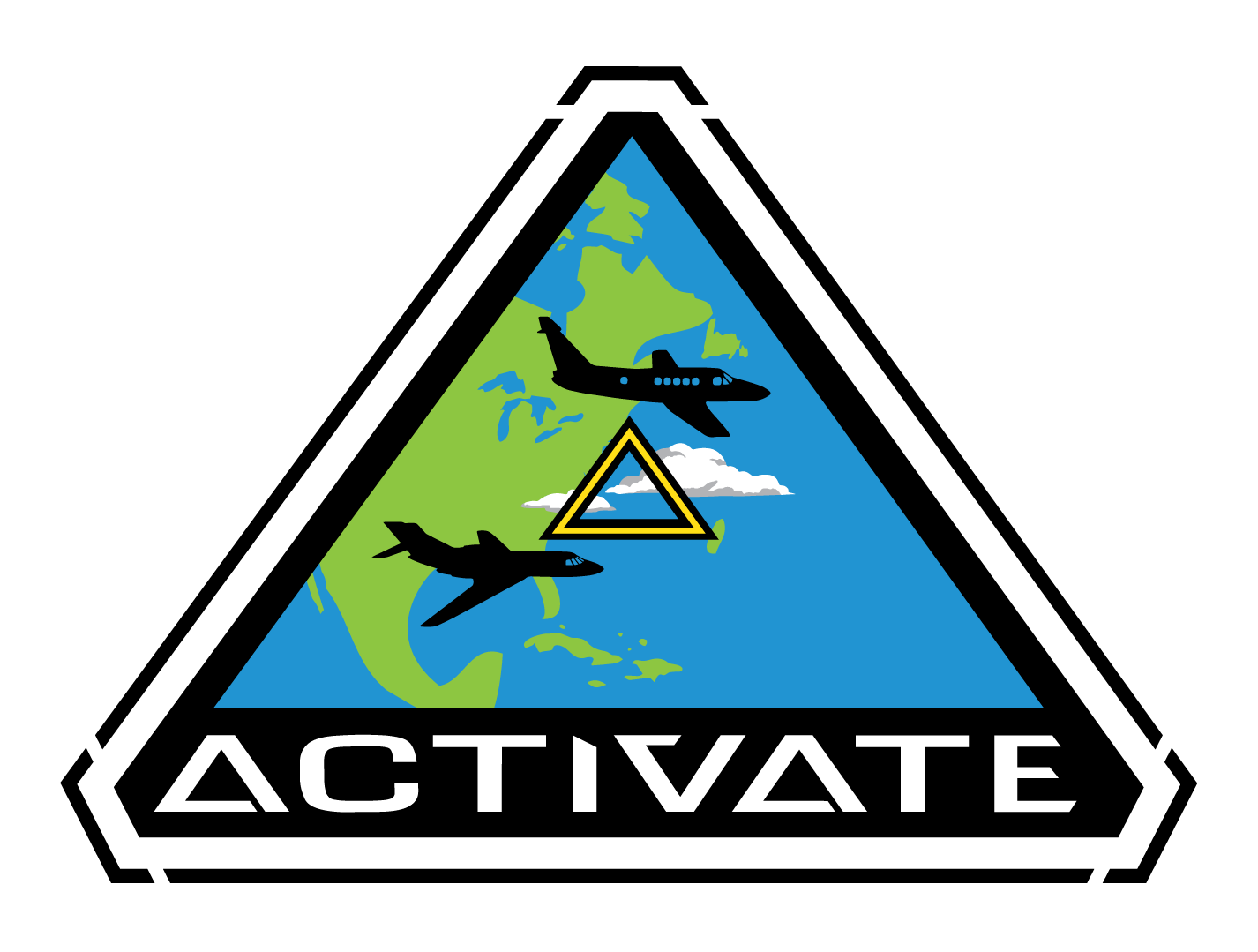Planetary Boundary Layer Incubation – Program Goals
The overarching goals of the DSI program are to promote (1) innovation in the research, development, and demonstration of new measurement technologies in preparation for future integrated observing system architectures, and (2) science activities that support maturation of measurement concepts, retrieval algorithms, models, data assimilation, and/or integrated observing system approaches.
The unique opportunity to blend technology development innovation closely guided by the needs of PBL science goals will be a multi-phased approach over the remainder of the decadal period. The ultimate goal of Incubation is to position PBL observation for low-risk and high-readiness priority in the next Earth Science Decadal Survey.
Program Highlights
Program News
The National Aeronautics and Space Administration (NASA) solicited Decadal Survey Incubation (DSI) proposals to accelerate readiness of high priority observables in Planetary Boundary Layer (PBL) Targeted Observables (TO) as outlined in the 2017 Decadal Survey, which are not yet feasible for cost-effective flight implementation. PBL science goals call for exploring next generation measurement approaches that could be ready for spaceborne implementation perhaps in the next decade. This program element supported the development of Earth observing instrument sensor systems, advanced information systems, and enabling science studies to further advance PBL. The ultimate intent of DSI is to enable the next generation of possible measurement approaches, system architectures, and mission concepts to address PBL and STV needs.
Prior to issuing the DSI program element, SMD’s Earth Science Division funded competed a PBL study team to identify key science questions and applications topics, observational gaps in the current programs, practical yet effective emerging measurement approaches, technology and information system development opportunities, and possible system architectures to address the goals of each TO. The work of each team was documented in Study Team Reports (STR) available at: https://science.nasa.gov/earth-science/decadal-pbl



